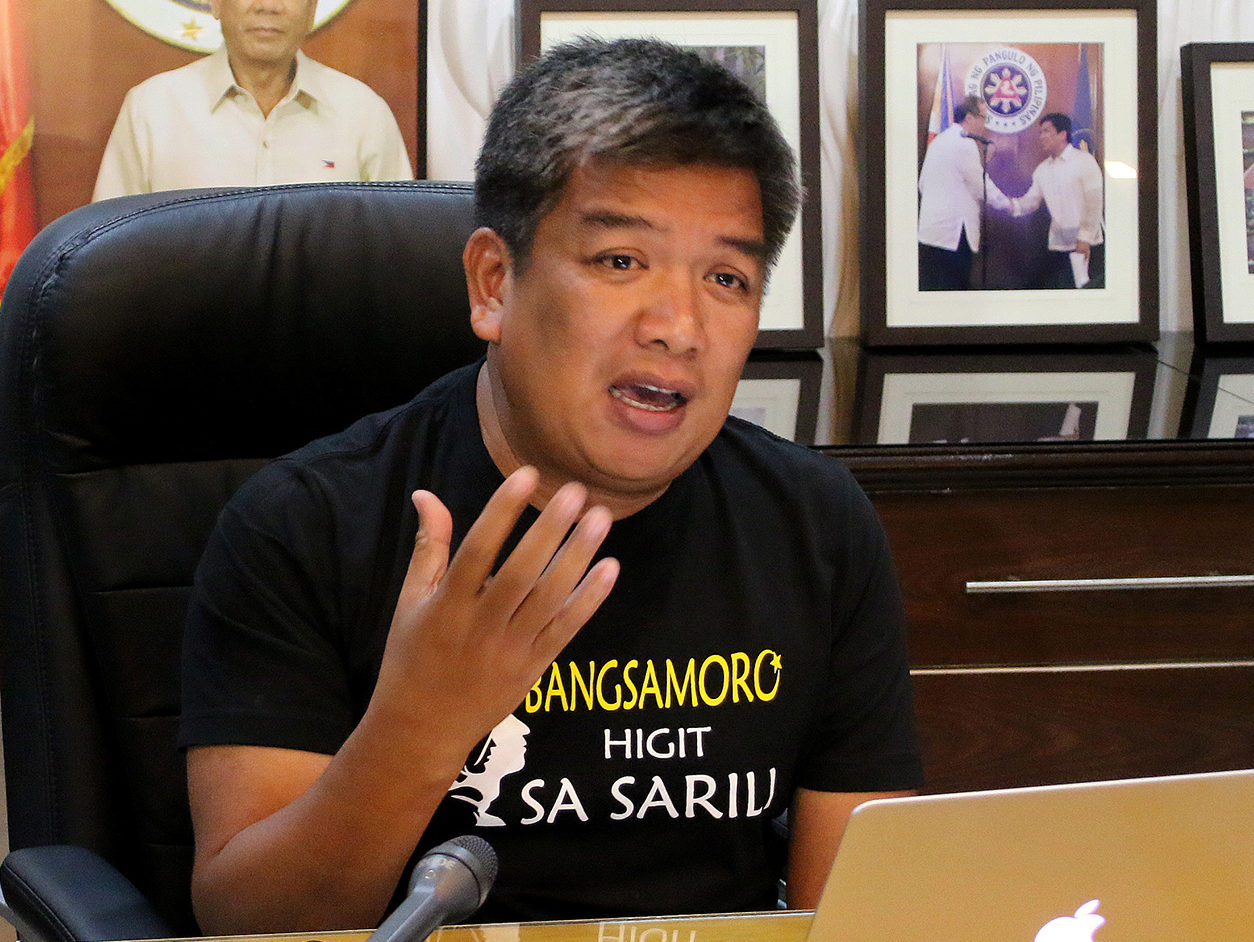MANILA, Philippines — Basilan Rep. Mujiv Hataman has expressed dismay at the slashed infrastructure funds for Mindanao in the proposed 2023 national budget, noting that some of the poorest regions in the country are located there.
Hataman said Mindanao will have P30.49 billion for its infrastructure outlay in 2023, which, compared to the P84.69 billion allocated in 2022, is a cut of P54.2 billion or 64 percent, according to the lawmaker.
The Basilan solon warned that the slashed infrastructure funds might lead to higher poverty rates, as infrastructure projects are known economic and employment drivers due to their high multiplier effect.
“Bakit ganun kalaki ang pagtapyas ng pondo ng imprastraktura pagdating sa Mindanao? Ibig sabihin malaking trabaho ang mawawala, at tataas ang poverty incidence rates,” Hataman said.
(Why is the budget cut for the infrastructure programs for Mindanao so big? It means many jobs would be lost, and poverty incidence rates would be higher.)
“Malinaw sa atin na ang infrastructure ay siyang lumilikha ng trabaho at lumilikha ng income sa madaming manggagawa sa construction, so malaking contribution ito sa pag-address ng poverty. At ang multiplier nyan ay yung peace and security sa mga lugar na tinatamaan ng imprastruktura,” he added.
(It is clear that infrastructure projects create jobs and generate income because many things are addressed in construction, which greatly contributes to addressing poverty. And the multiplier it brings to areas with infrastructure projects are found in boosts to the peace and security situation.)
The huge budget cut prompted Hataman to ask the Development Budget Coordinating Committee (DBCC), which includes the Department of Budget and Management if Mindanao’s poverty incidence was considered in drafting the national budget.
Hataman reasoned that four of the five poorest regions in the country can be found in Mindanao: The Bangsamoro Autonomous Region in Muslim Mindanao (BARMM) with a 45.8 percent poverty rate; Caraga with 38.3 percent; the Zamboanga Peninsula with 37.4 percent; and Soccsksargen, 34.1 percent.
“My question here is, how did the DBCC use this data when formulating the 2023 National Expenditure Program? Because I don’t know how I would be able to help those mentioned regions,” Hataman asked Marikina 2nd District Rep. Stella Quimbo, one of the national budget sponsors.
“Parang ang punto ko lang ay ito: kino-coordinate ito dapat ng DBCC dahil sila ang nakakita ng macro assumptions based dun sa mga sinubmit ng mga ahensya,” he added.
(My only point here is that the DBCC should have coordinated this because they are the ones who can see the macro assumptions based on what is being submitted by agencies.)
Quimbo told Hataman that agencies have their respective regional offices that gather and submit data on the Pantawid Pamilyang Pilipino Program (4Ps) and other social welfare programs.
But while Hataman agreed that the 4Ps could help in minimizing poverty rates, the infrastructure projects are still the main drivers of jobs and income that, at the same time, would help businesses.
“Lahat ng rehiyon, meron GDP (gross domestic product) contribution. Pero yung GDP contribution ay nakadepende rin kung ano ang mga allocation (for infra), para rin magkaroon ng private investments dyan sa rehiyon. Halimbawa kung magulo yung lugar mo or di kaya mahina ang imprastruktura mo, definitely may relation yun sa mga private investments,” the Basilan legislator said.
(All regions have a GDP contribution, but that GDP contribution still depends on the allocations for infrastructure, in order for regions to secure private investments. For instance, if your region is a war-conflicted area or your infrastructure sector is weak, then it could definitely have a relation with your private assets.)
“Alam naman nating malaki ang hinahabol ng Mindanao in terms of progress and development dahil naging entablado ito ng napakaraming digmaan. At ngayong may kapayapaan na, sana naman ay buhusan ng pondo dahil maraming rehiyon dito ang nakasadlak sa kahirapan,” he added.
(We all know that Mindanao is still chasing progress and development because it was once the battle stage for several wars. And now that peace has been restored, I hope that the government can allot more funds to Mindanao since a lot of regions here are still slumped in poverty.)
Hataman also encouraged his fellow Mindanao-based solons to join him in pushing for an increase in Mindanao’s budget.
Mindanao is not the only area to suffer budget cuts in terms of infrastructure, as while the infra projects get the second-highest share in the national government’s proposed P5.268 trillion at P718.4 billion, this is lower than the P786.6 billion in the 2022 General Appropriations Act.
In the proposed 2023 national budget, the education, health, and agriculture sectors will significantly increase allocations.
READ: Gov’t to spend less on infra next year
READ: Education gets P852-B in proposed 2023 budget; allocation for agri rises by 39.2% — With reports from Irish Lorraine Perez, INQUIRER.net trainee
